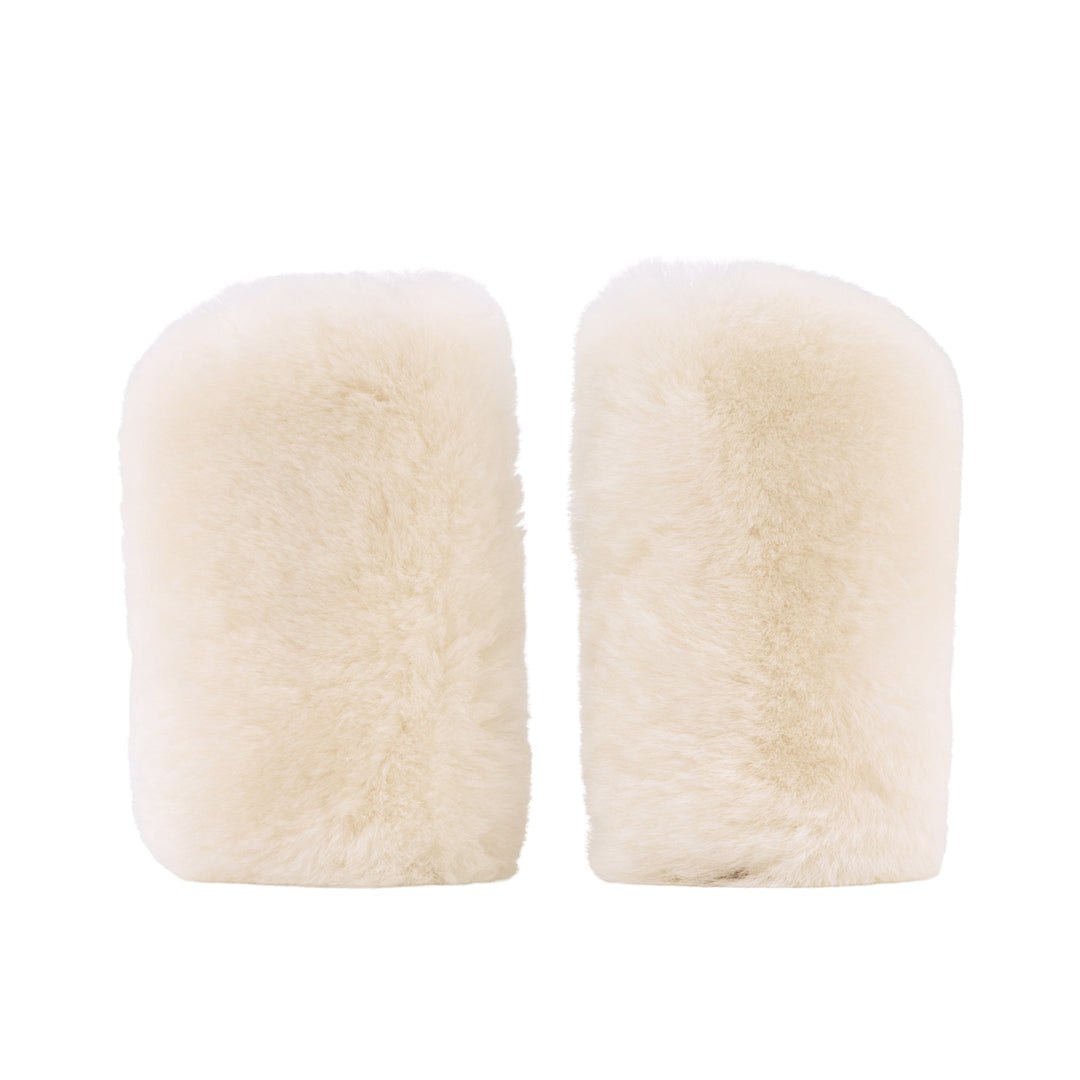Written by Helen Clayton, Founder of Baa Baby Sheepskin
Often, the terms "sheepskin" and "lambskin" are used interchangeably – not only because of their similarities but also because "sheepskin" is the more common search term online, making it easier for retailers to reach a wider audience.
Key differences between sheepskin and lambskin
Although they are very similar, there is a difference between sheepskin and lambskin. Lambskin, as the name suggests, comes from younger sheep (lambs) and is usually unshorn, making it softer to the touch. Sheepskin, on the other hand, comes from mature sheep.
Because of the natural softness of lambskin, it is popular for products used in baby care, like sheepskin pram liners or baby nursery rugs, as well as for medical support items such as wheelchair covers or pressure-relieving mattress covers.
Sheepskin was once known for being a more affordable option, but today, most sheepskin products available are actually lambskin, as these are by-products of the meat industry. As a result, lambskins are more commonly used, reducing waste and making them more accessible.
Why sheepskin and lambskin are often indistinguishable
Thanks to advancements in the selection and tanning processes, it’s often difficult to tell sheepskin from lambskin. Retailers and tanners put significant effort into ensuring the softest, highest-quality fleeces, meaning you may find a sheepskin that’s just as soft, if not softer, than a lambskin. Factors like breed and environment play a larger role in the quality and softness of the fleece than whether it comes from a lamb or an adult sheep.
Tips for choosing the best sheepskin or lambskin
When buying sheepskin or lambskin for babies or sensitive uses, look for medically tanned, chrome-free options to ensure the safest quality. Remember, each piece will feel slightly different due to natural variations in texture – this uniqueness is part of what makes sheepskin and lambskin products so special.
Browse all Baa Baby Sheepskin













